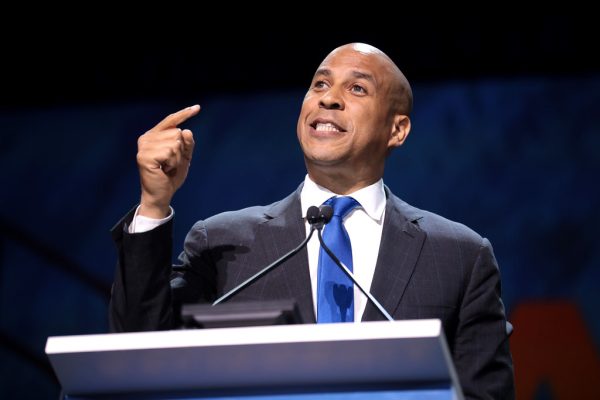First lady visits Children’s, update on Hamilton County heroin

HEALING. First Lady Melania Trump visits Cincinnati Children’s Hospital to learn about efforts to combat the effects of heroin. In particular, Children’s works with infants whose parents used opiates. The hospital was ranked the third best children’s hospital in the nation.
While President Donald Trump gave a speech at Sheffer Corp. on Feb. 5, the First Lady Melania Trump visited Cincinnati Children’s Hospital. She received a briefing on the hospital’s treatment of children impacted by opioids and interacted with patients.
The first lady was joined by Kellyanne Conway and Jane Portman, wife of Rob Portman, the Ohio Republican senator who joined the president at his speech on Monday. Jane Portman has also been on the hospital’s board of trustees for over a decade.
The president has previously declared the heroin epidemic a national emergency. Hamilton County in particular has had one of the nation’s highest opioid death rates. Ohio as a whole also had the second highest opioid death rate in the country in 2016.
During her visit, the first lady received a briefing on Neonatal Abstinence Syndrome (NAS), a condition wherein infants are exposed to opioids in the womb and are born dependent.
The Newborn Intensive Care Follow-up Clinic at Cincinnati Children’s follows kids with NAS for years to study the implications of both the syndrome and opiate addiction in general.
The next day on Feb. 6, the Hamilton County Heroin Coalition reported positive developments in a “State of Heroin” address.
The 2017 death toll is greater than that of 2016, in part due to the spread of HIV and Hepatitis C that comes with needle sharing. There have been at least 336 deaths confirmed in Ohio, yet the true number may be more than 400.
Yet, the number of overdose-related ER visits in December and January was lower than it has been since December of 2016. The Coalition also launched programs like the Quick Response Team and the Hamilton County Engagement Center to help people who have recently overdosed and needle exchange programs to limit the spread of disease.
“Everything we’re doing is about saving lives and getting people the help and treatment they need,” said Denise Driehaus, chairwoman of the coalition.











